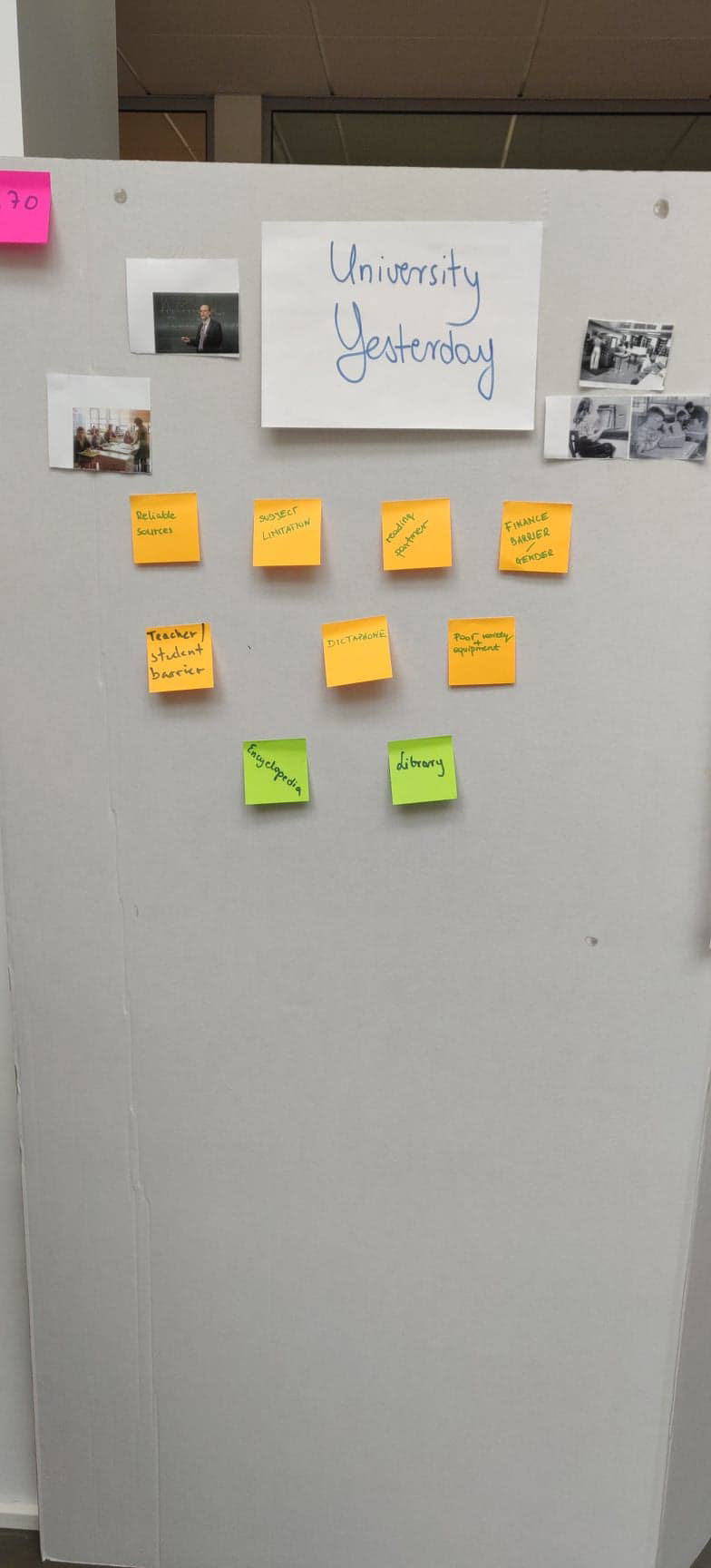
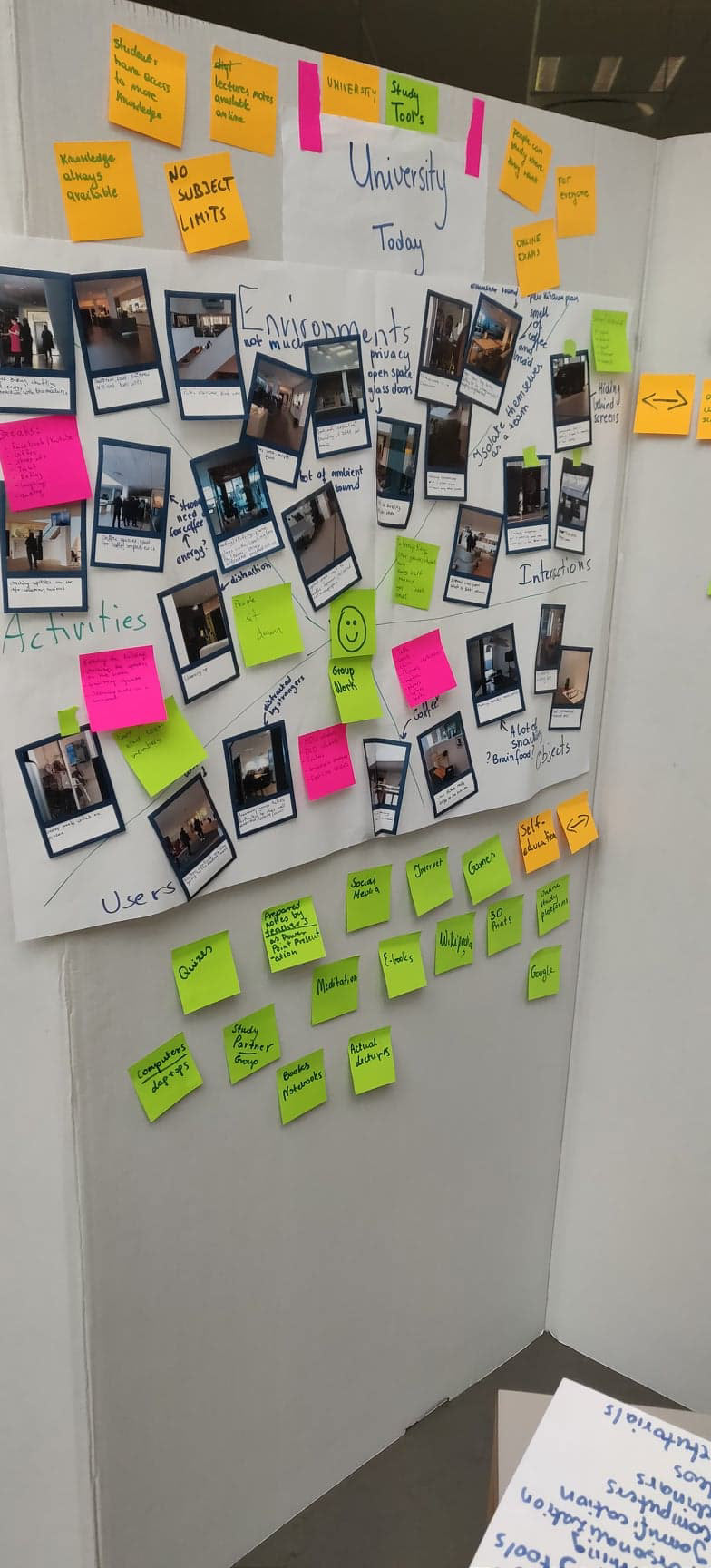

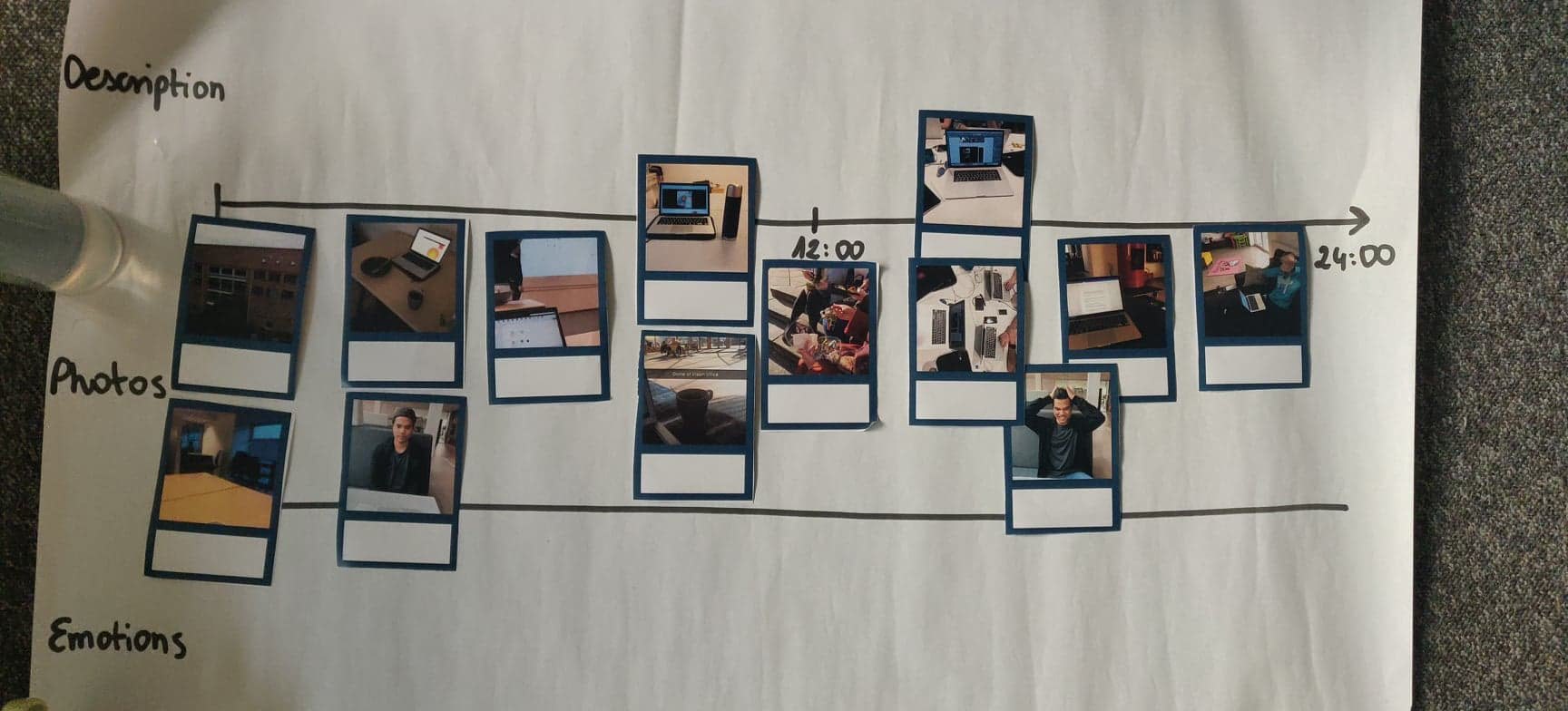
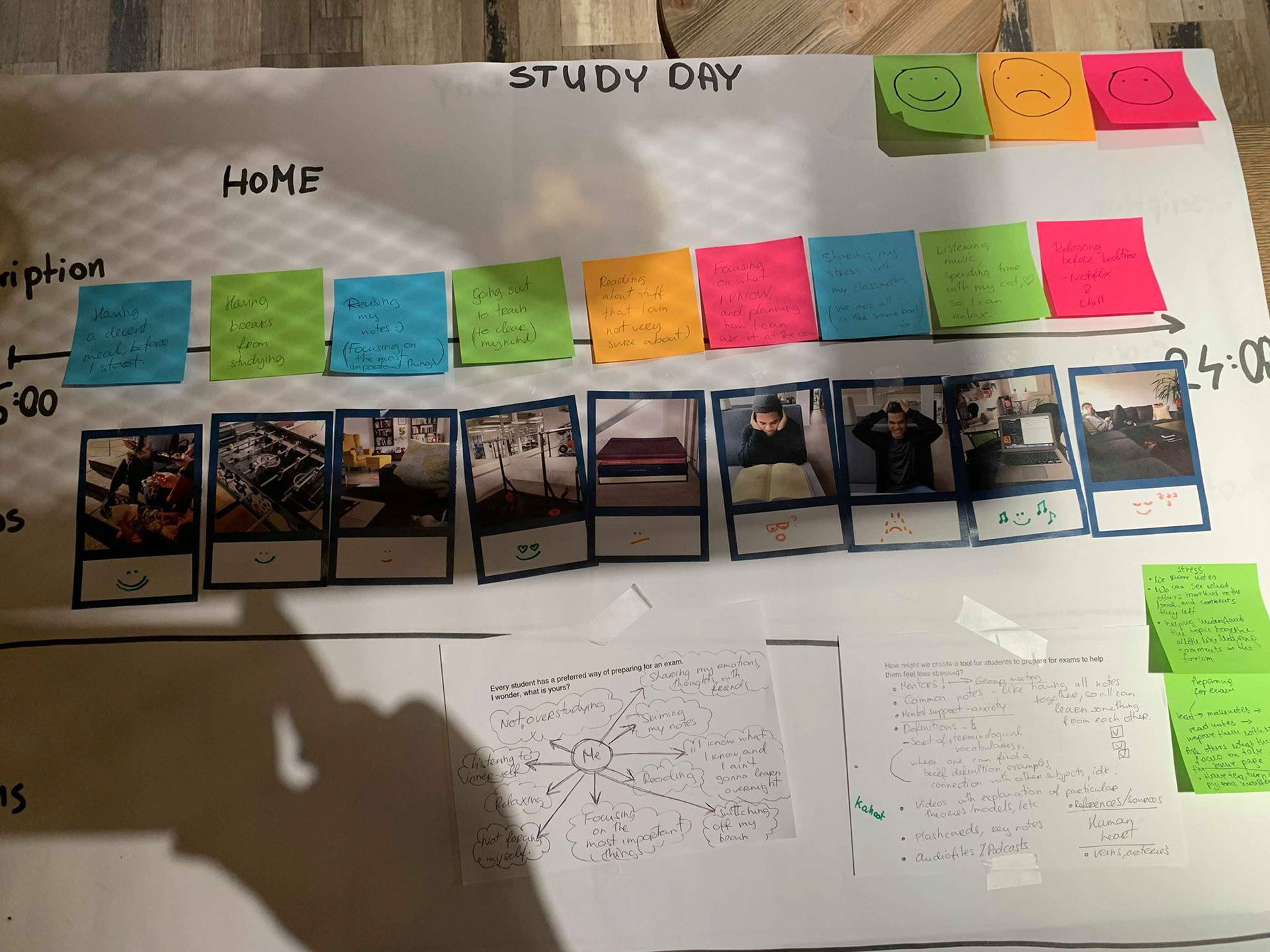
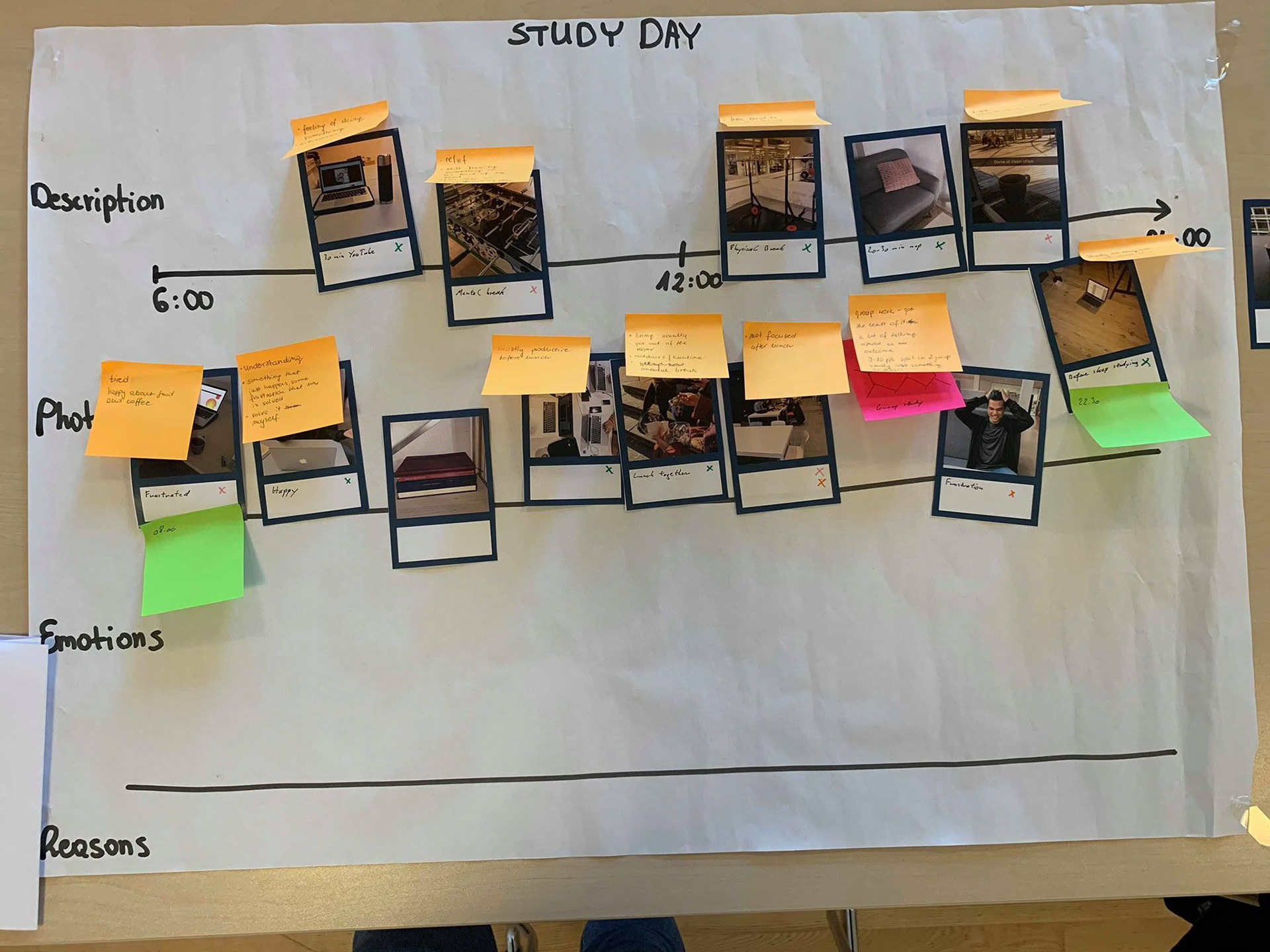
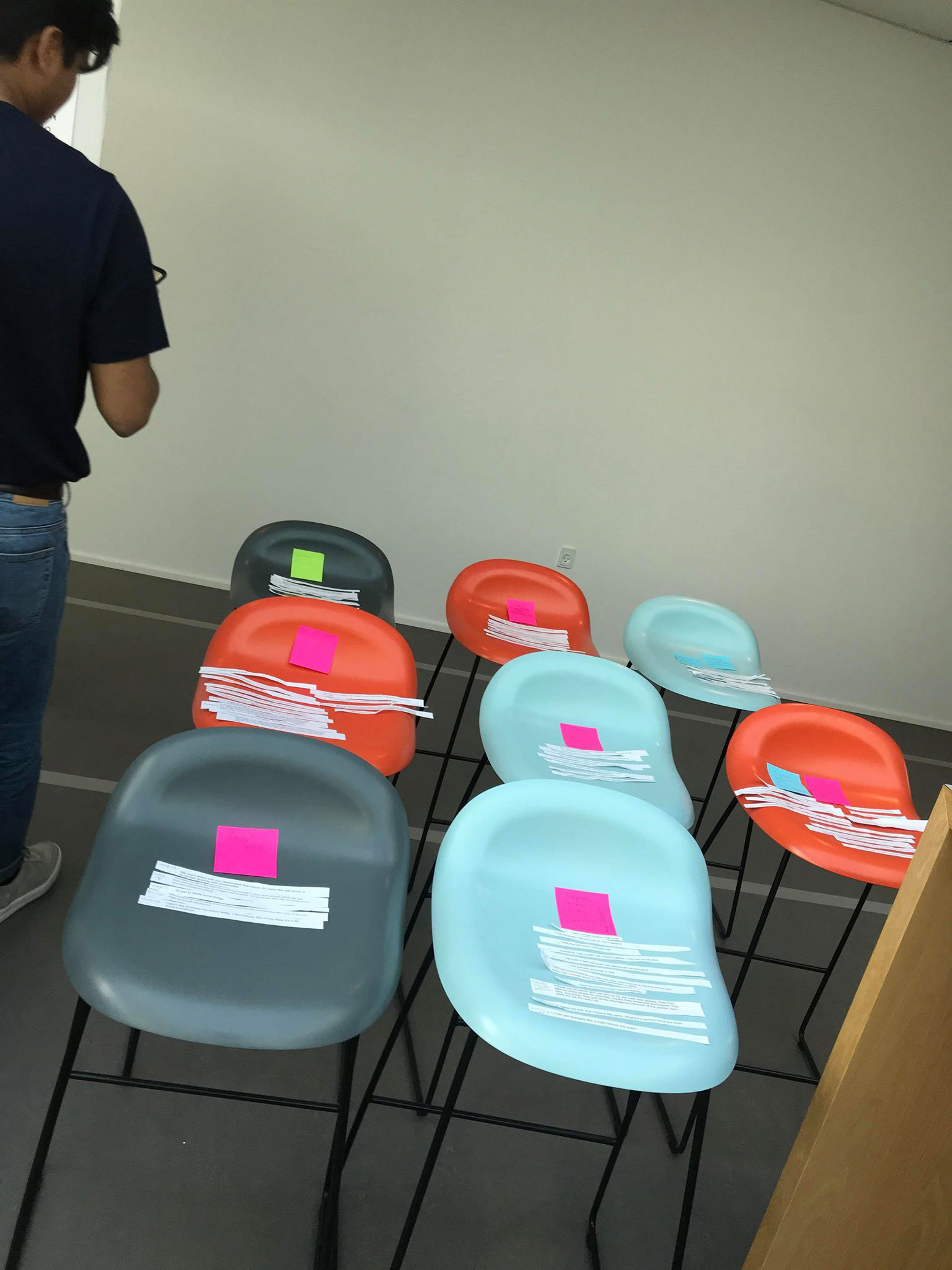
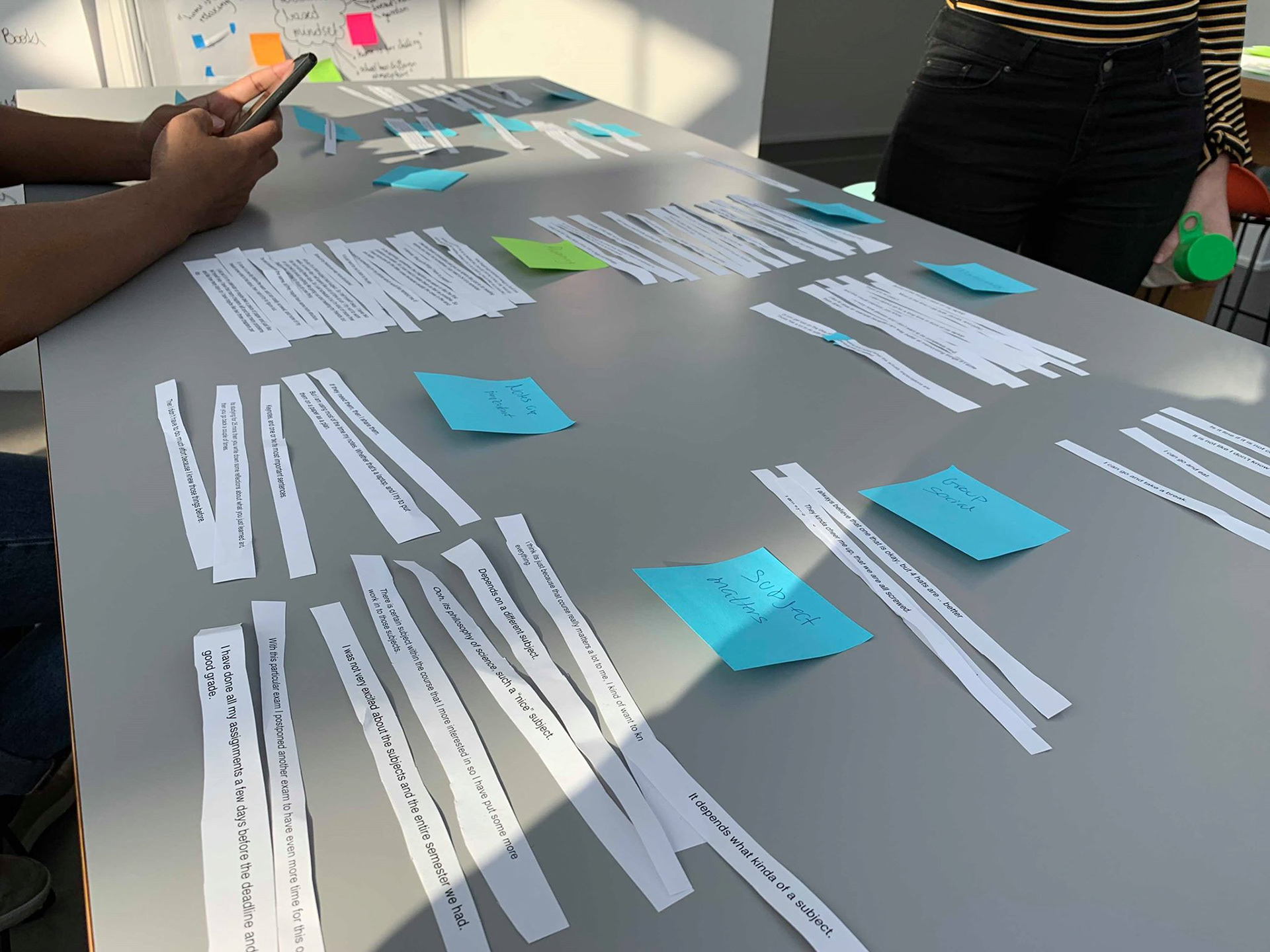
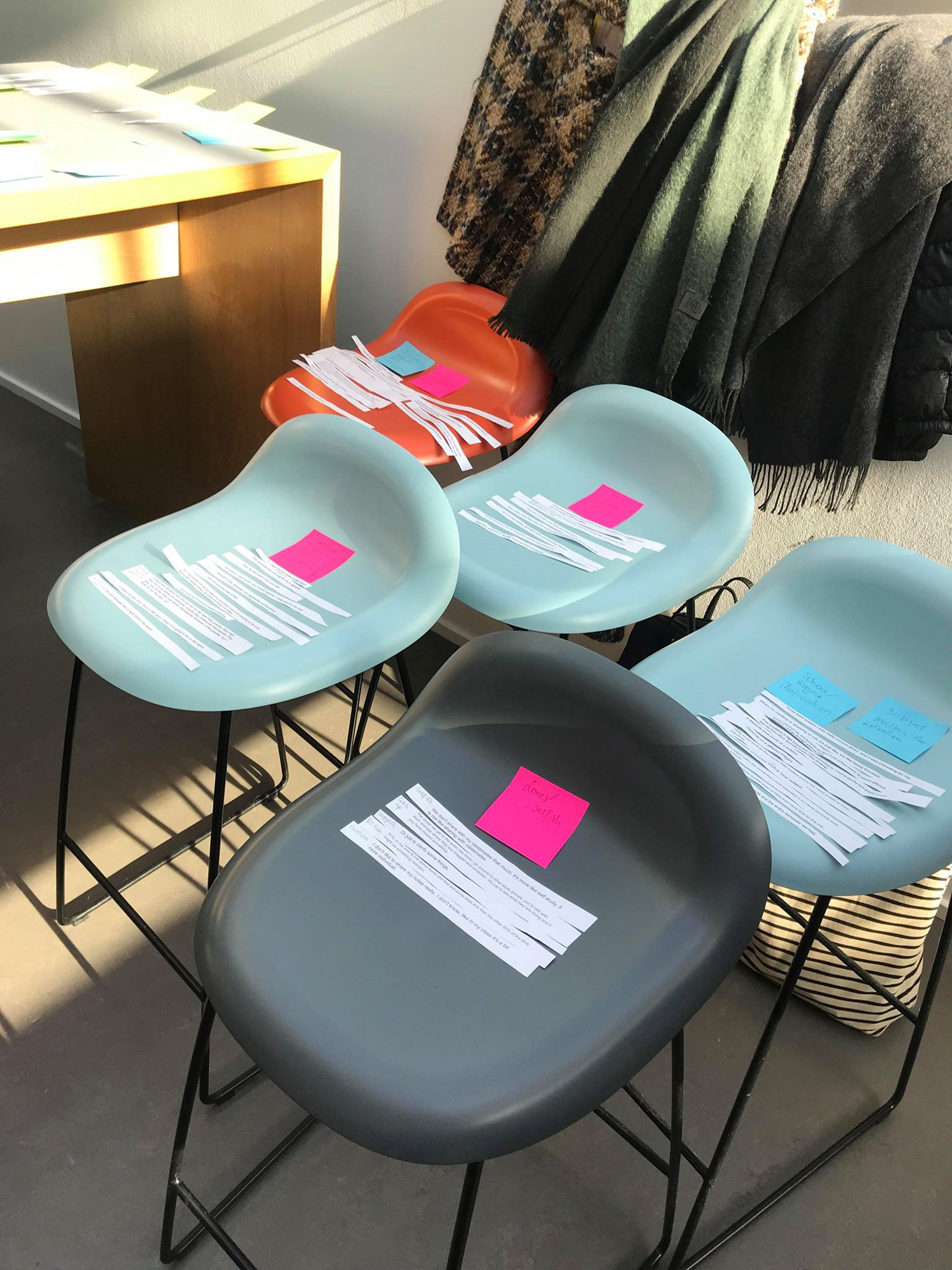
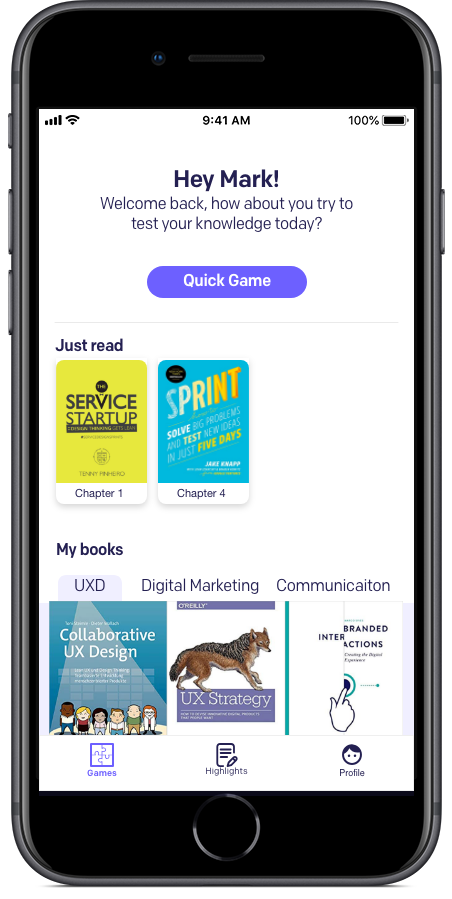


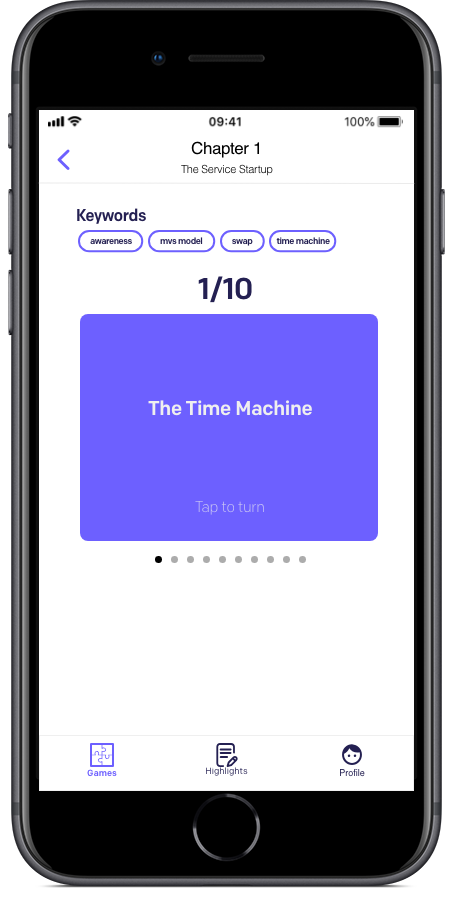
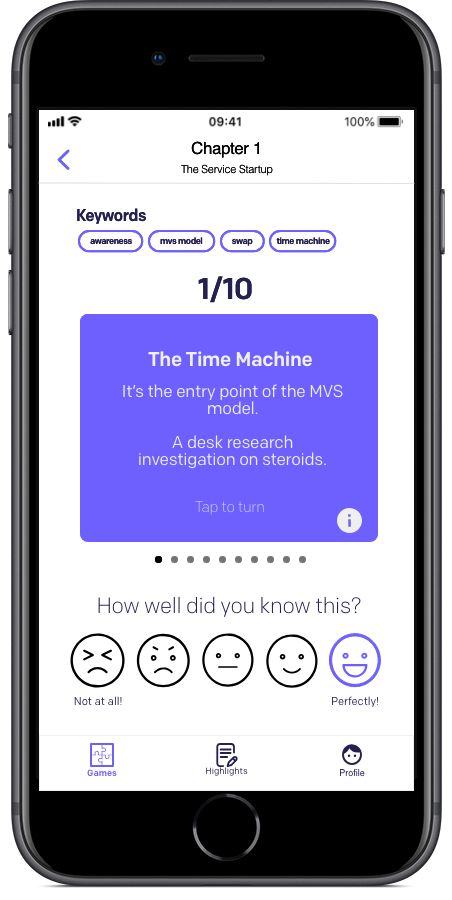
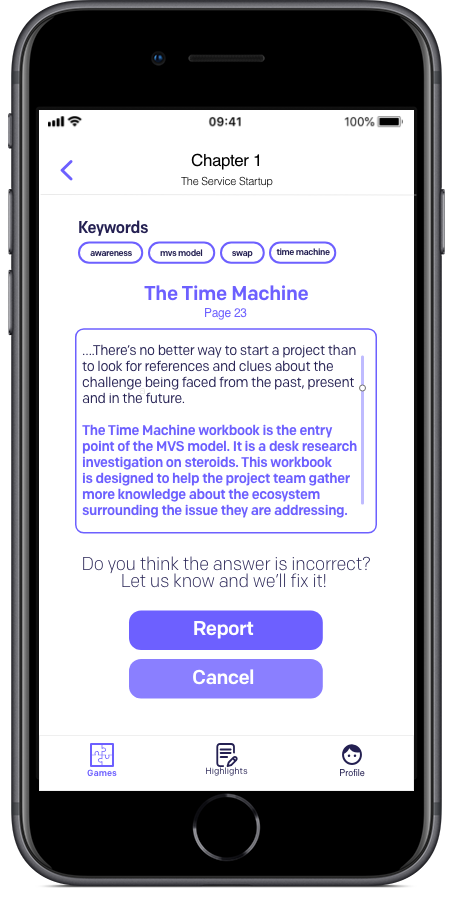
In the end, they get a chance to rank the game - that validates the content created by the students. If the user thinks that the content is incorrect they can also report it to Lix, for further verification.
LixQ is an additional mobile-based feature to the Lix platform. With its help, we want to turn Lix into a study location. Wherever students access the platform, they switch to a specific study mindset and engage with their study material on a more accessible level. In the LixQ mobile app, students have access to games such as Memory Cards, ABC quizzes, and Charades - all of which are created by fellow students. The games will test the students’ knowledge and comprehension of the study material, and the content of the games will be verified by other LixQ users to ensure quality and validity. Finally, students also have access to their own notes and highlights, which are customised to mobile reading. The aim with LixQ is to increase students’ motivation for learning and to improve overall performance.














